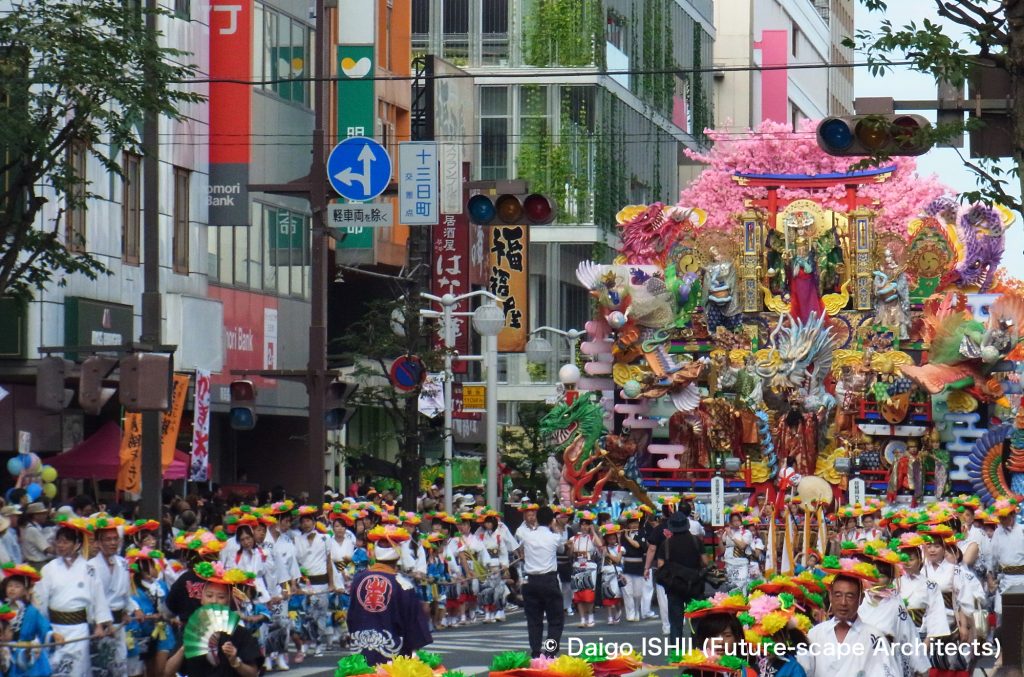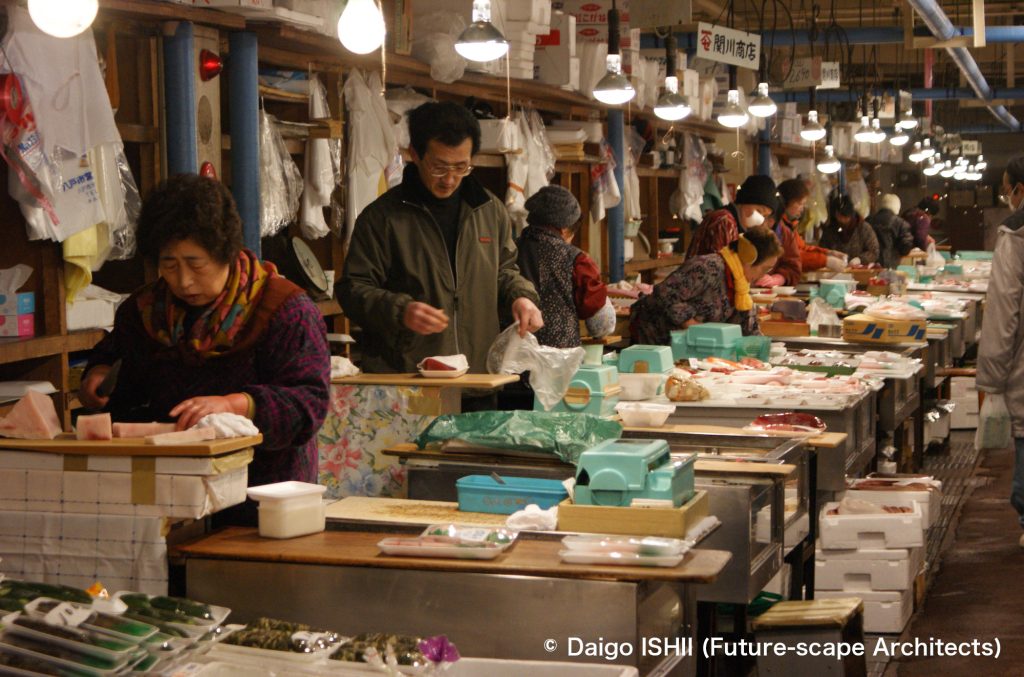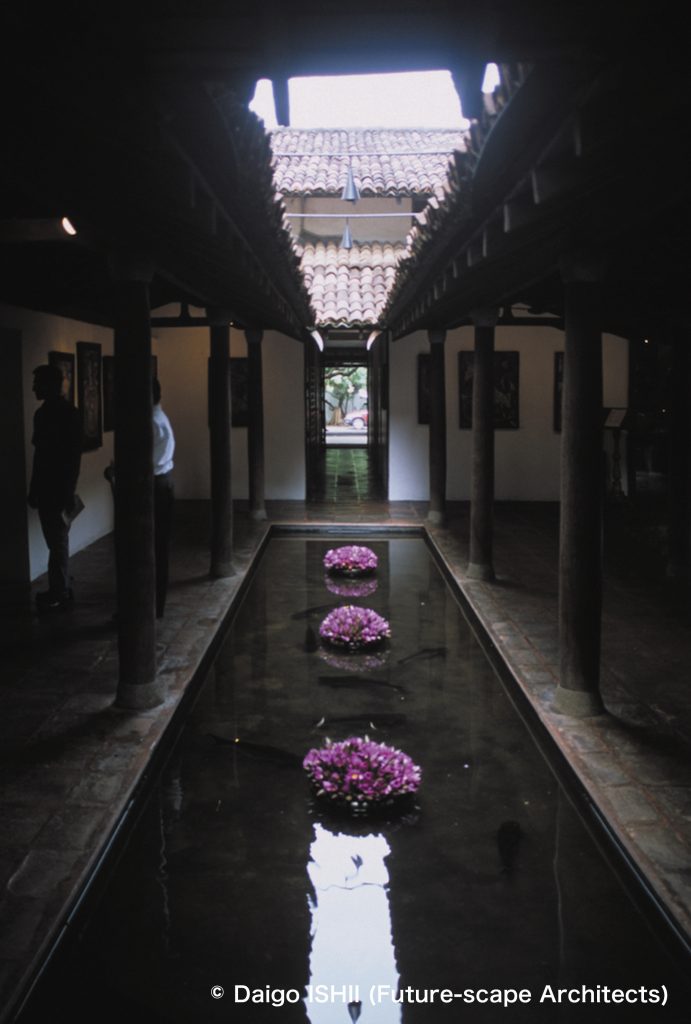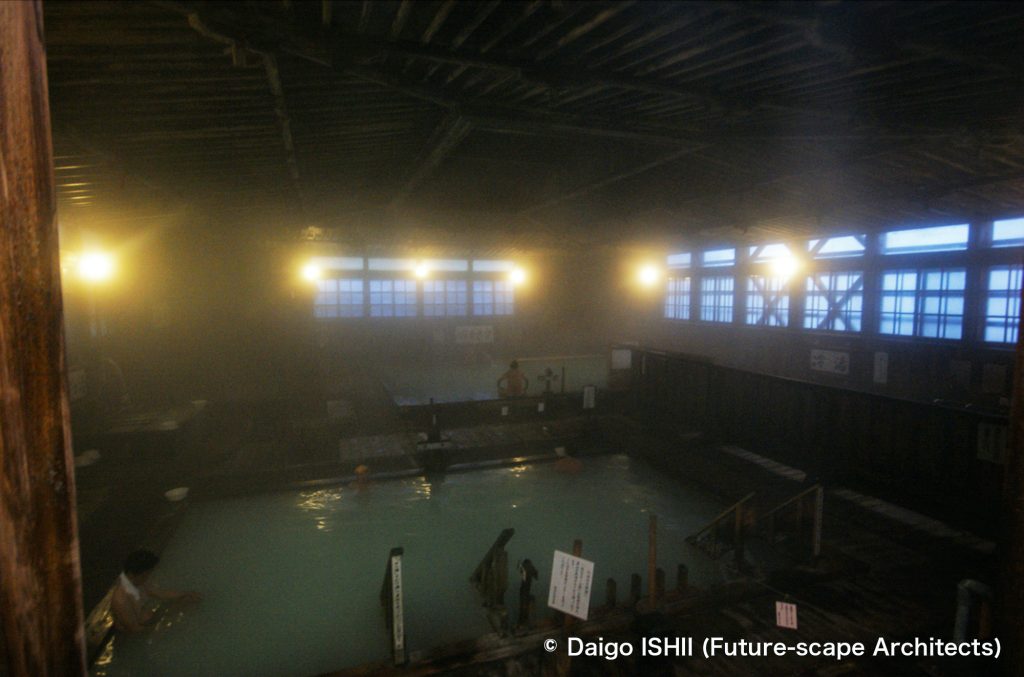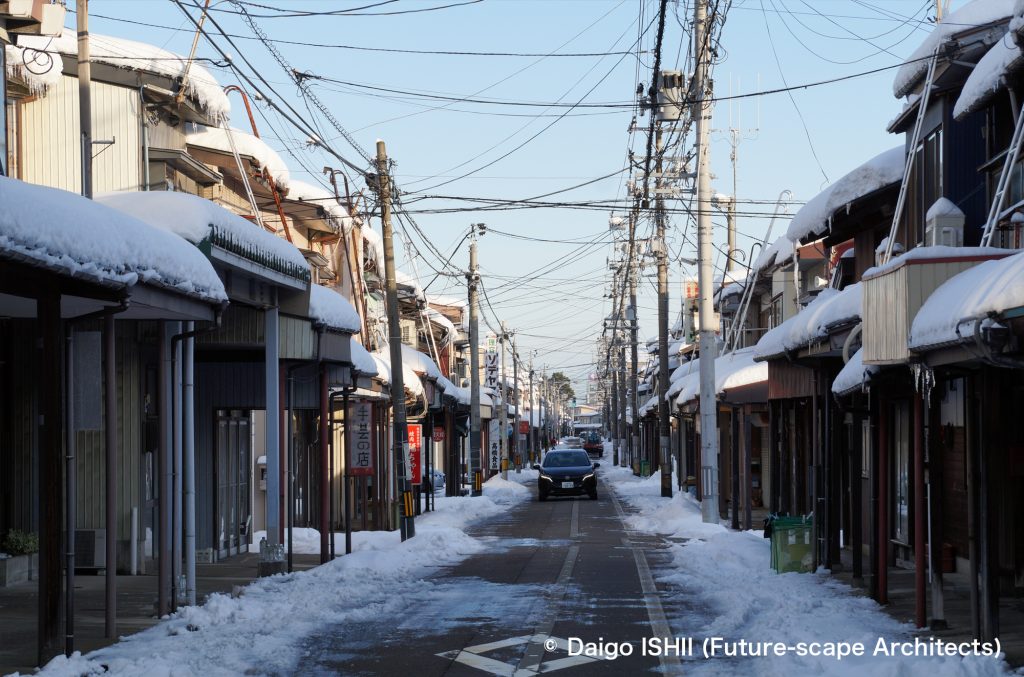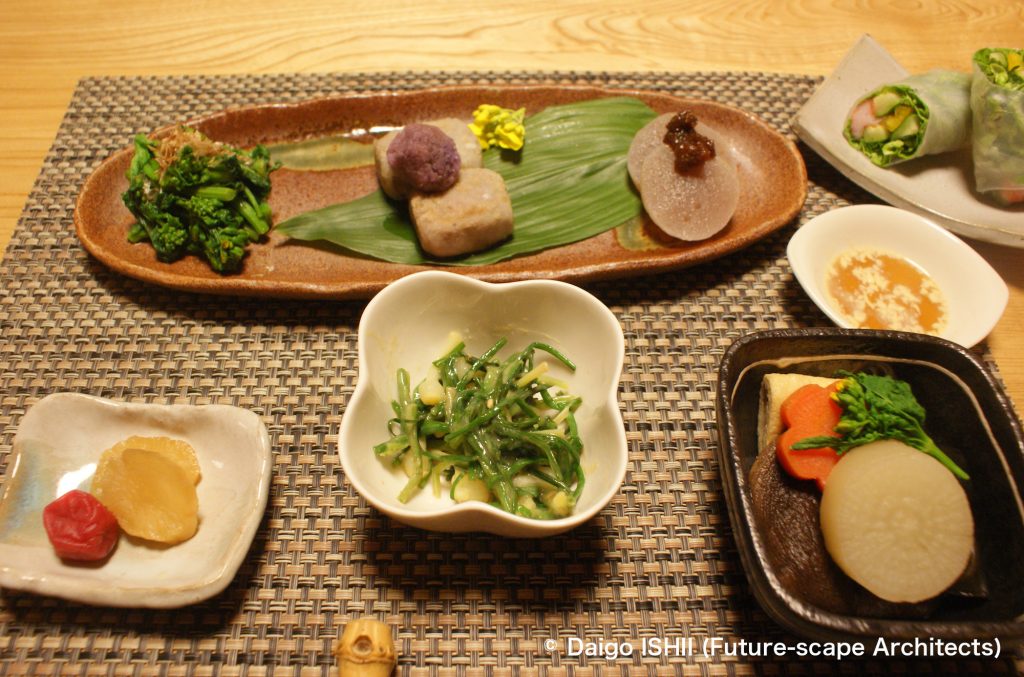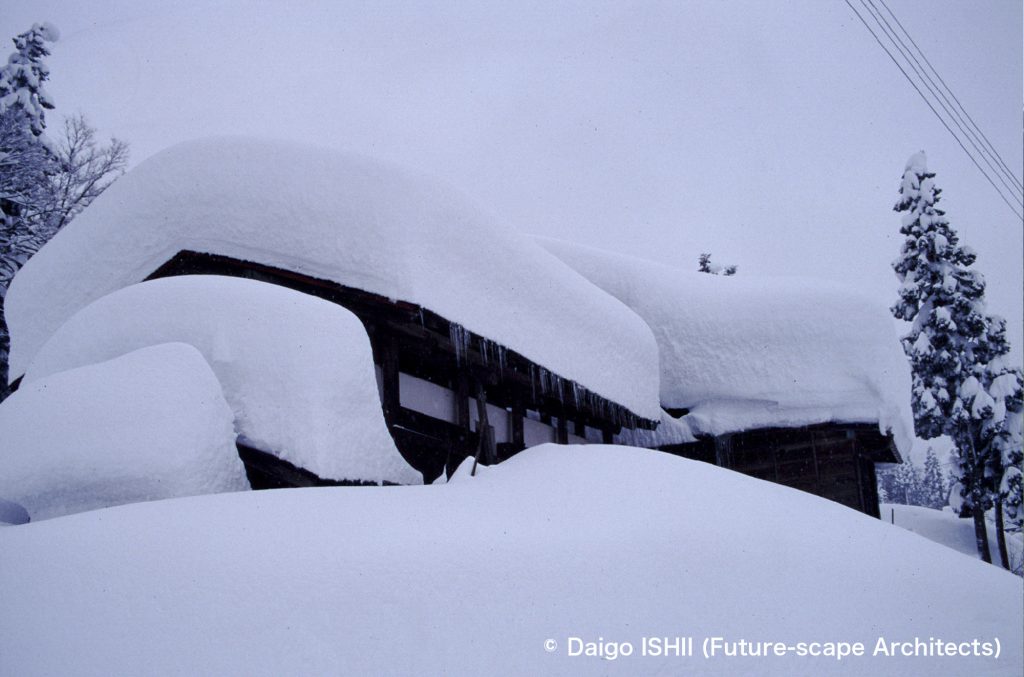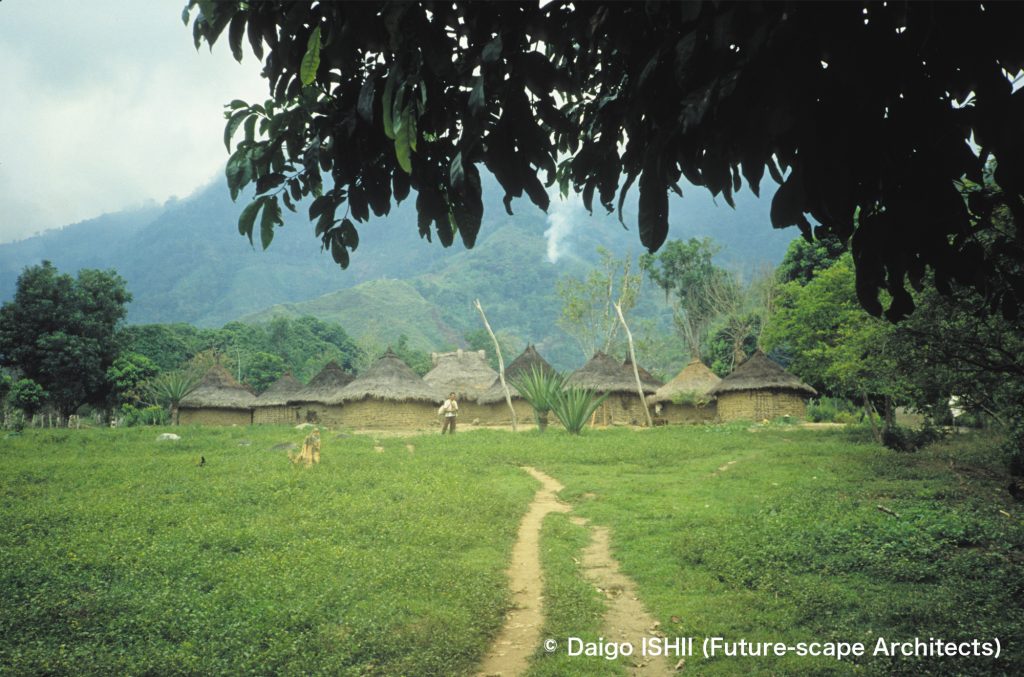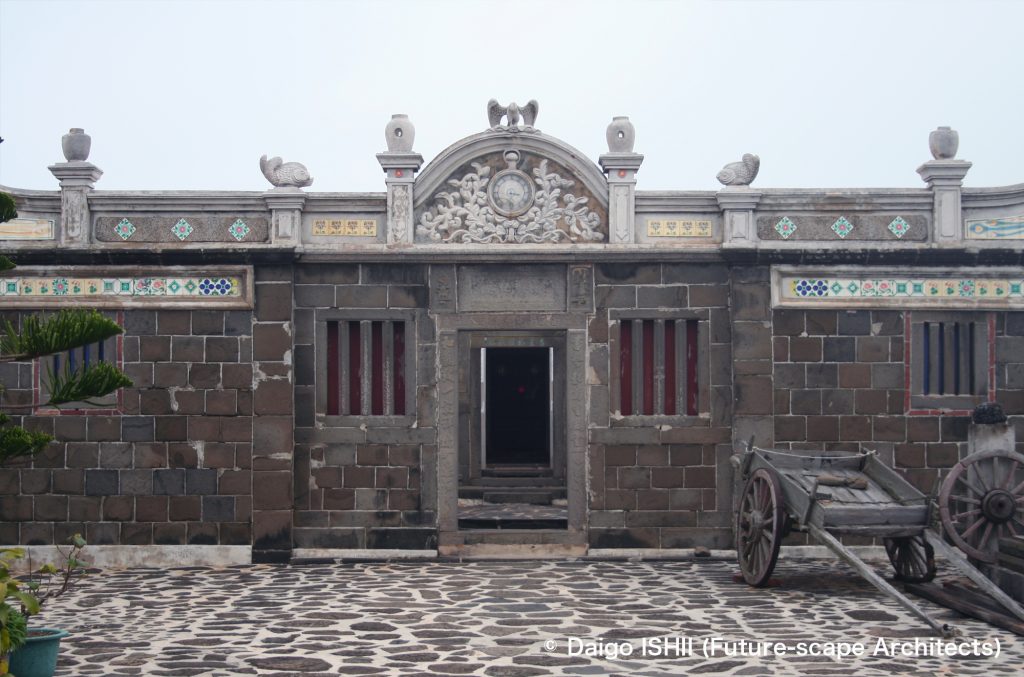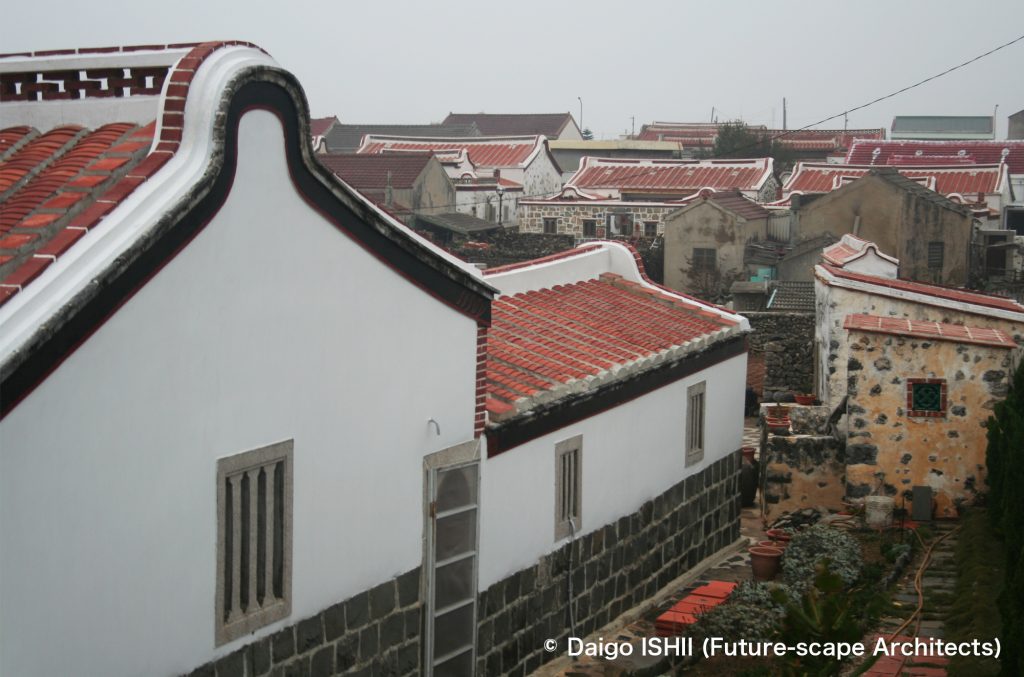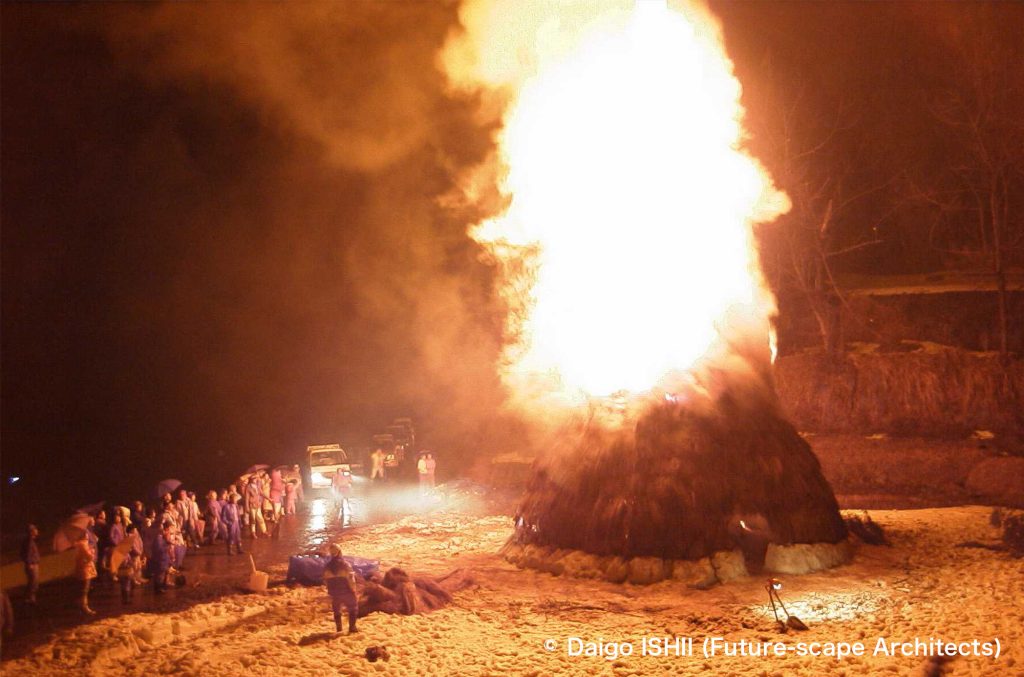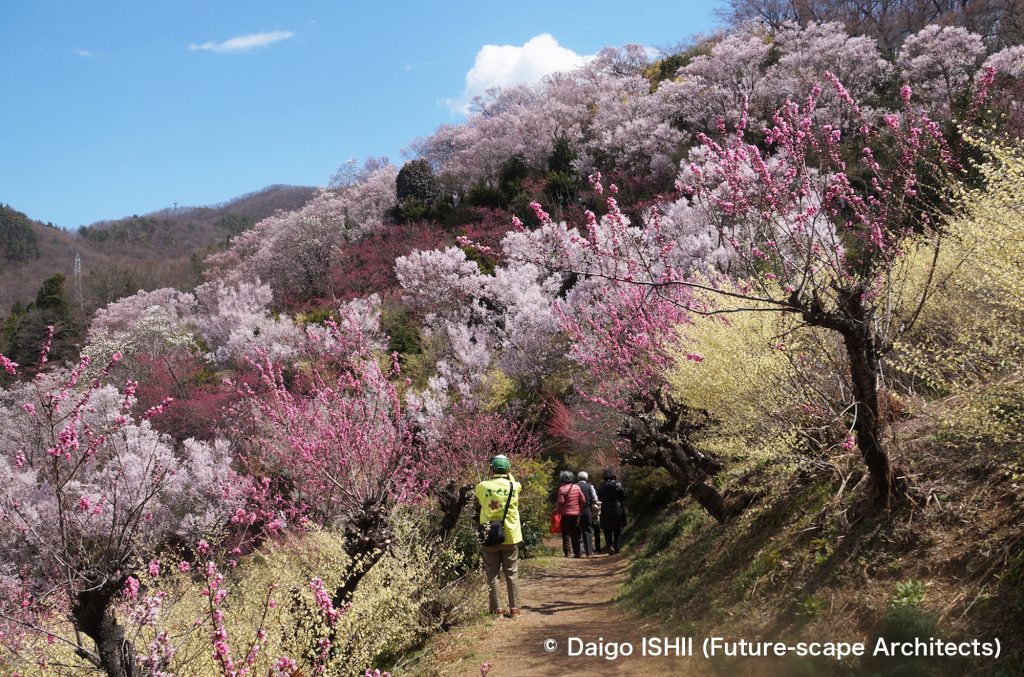The festival that represents the winter in Hachinohe is Emburi.
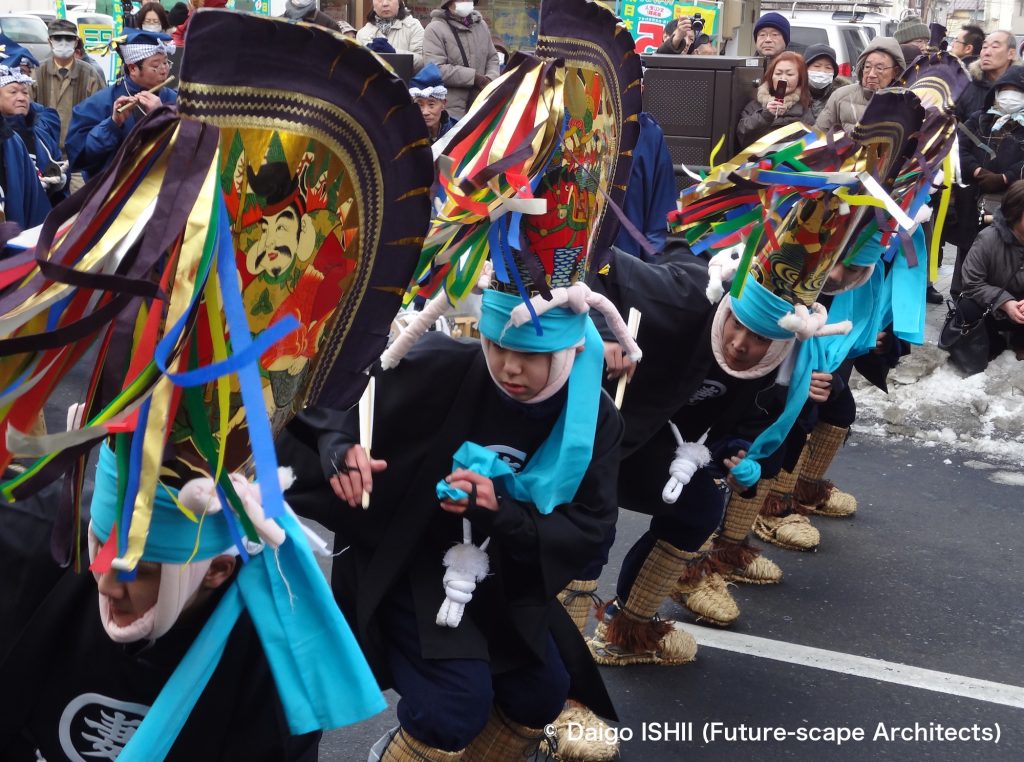
Emburi derives from agricultural rites and was a festival in the rural area. The festival for each village was once abolished as an old custom after the Meiji Restoration. Tamon Osawa, an entertainment promoter, revived it in 1881 to revitalize the downtown with the form that all groups danced together there.
The first day starts at 7 am. In front of the shrine's worship hall, each group dedicates the dance to the deities. Afterward, they dance the precincts. Eventually, all groups line up and proceed to the downtown.
Along with the signal gun, 30 groups line up on the main street and dance together at once. The dance and music are overwhelming. It may have become extinct if only showed to the locals in a village. The system that all groups show in front of a large audience becomes motivation to continue and the power to train hard.
40 minutes later, the signal gun again went off, and the dance ended. Too short!
However, there is still more fun. "Garden Emburi" held at the old mansion is a reproduction of the custom that they had danced at a mansion of influential people. And "Kadoduke" (the performance from door to door for donation) is performed for several days. There are children among the performers of "Kadoduke". They don't need to go to school on a weekday? In Hachinohe, children who take a "Kadoduke" are treated as attendees. What a wonderful city!
Dedication of the Emburi dance
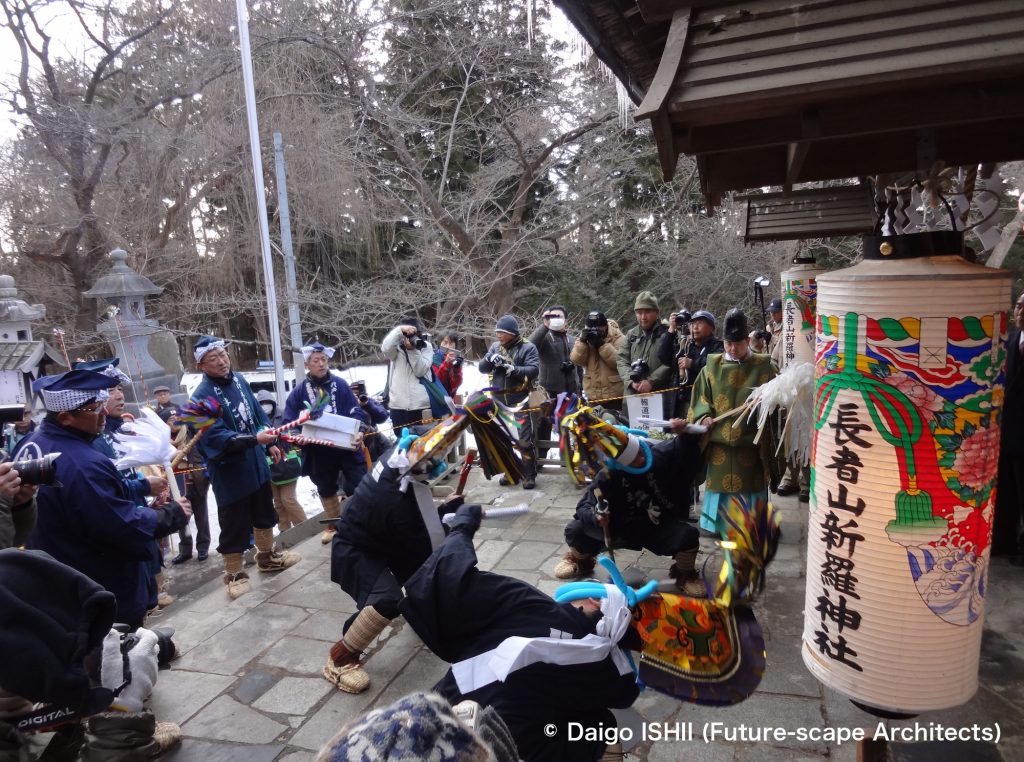
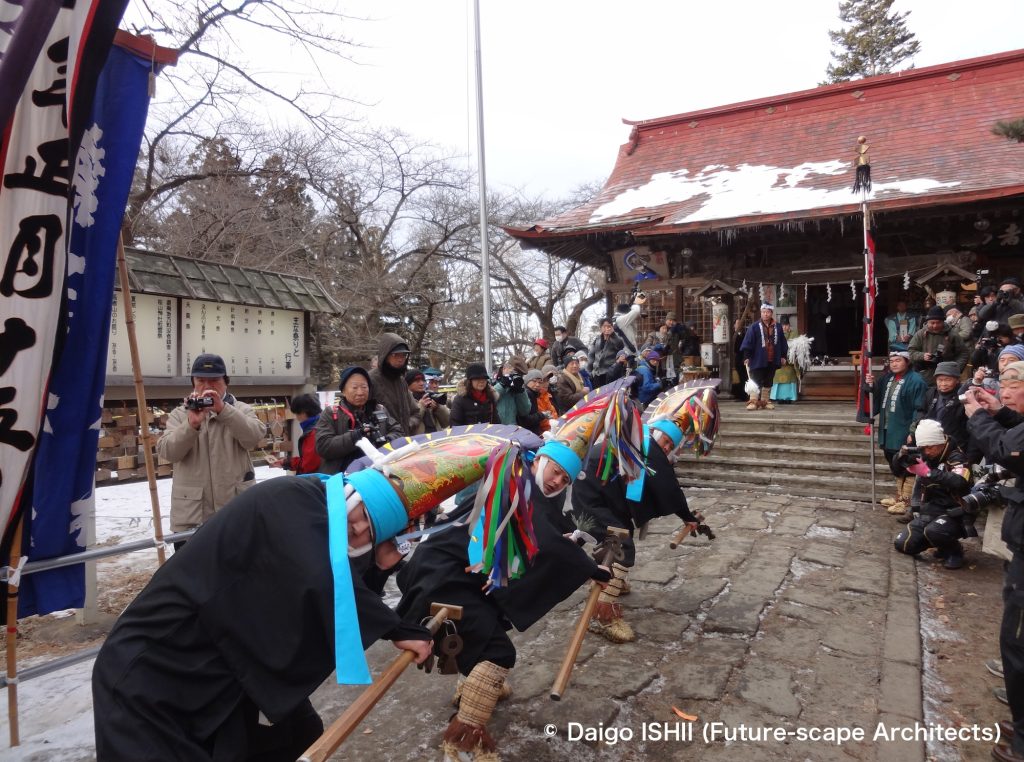
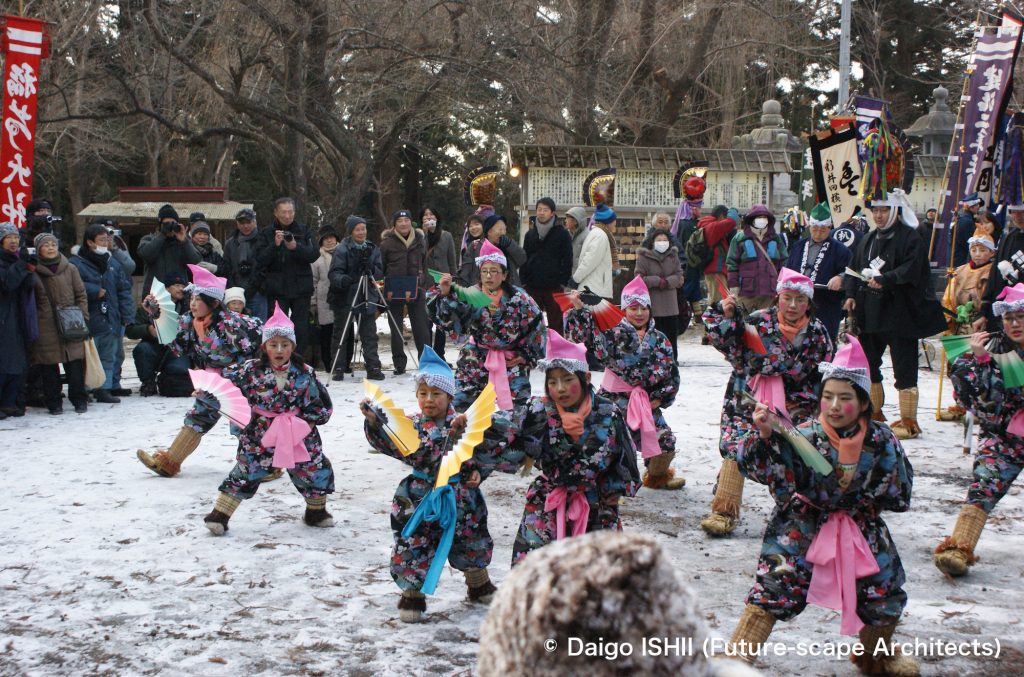
March to the main street
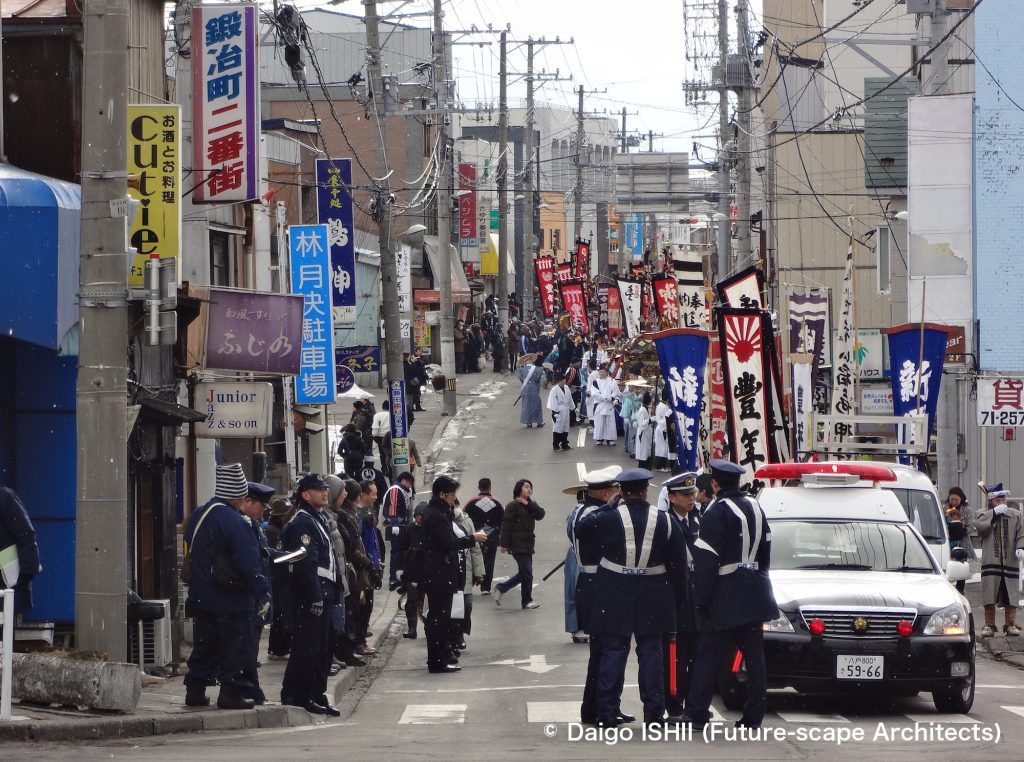
Issei-zuri
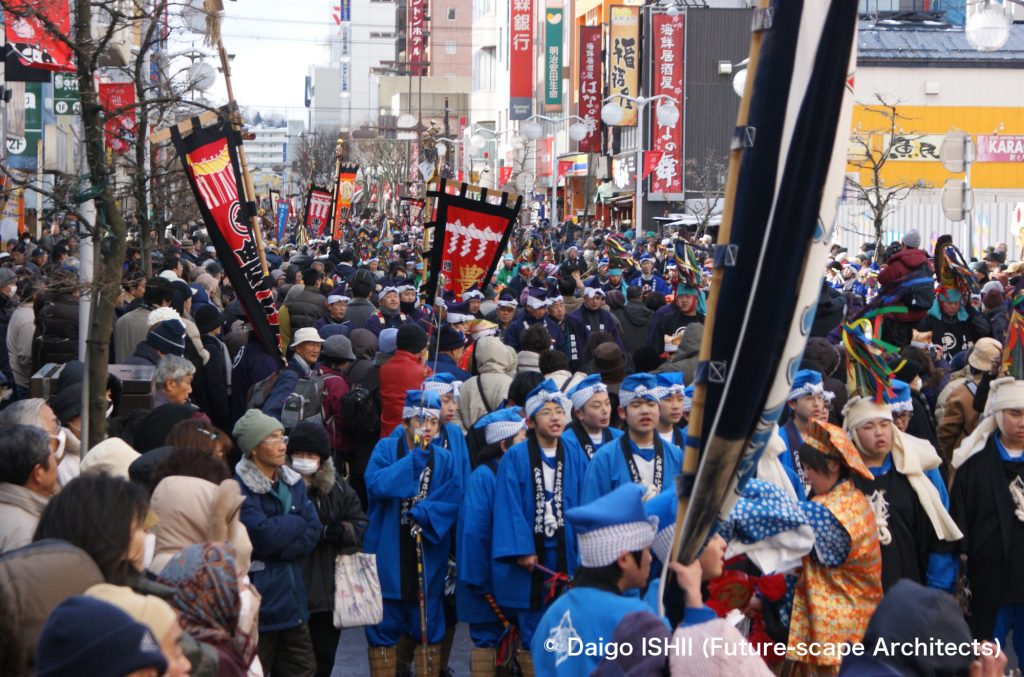
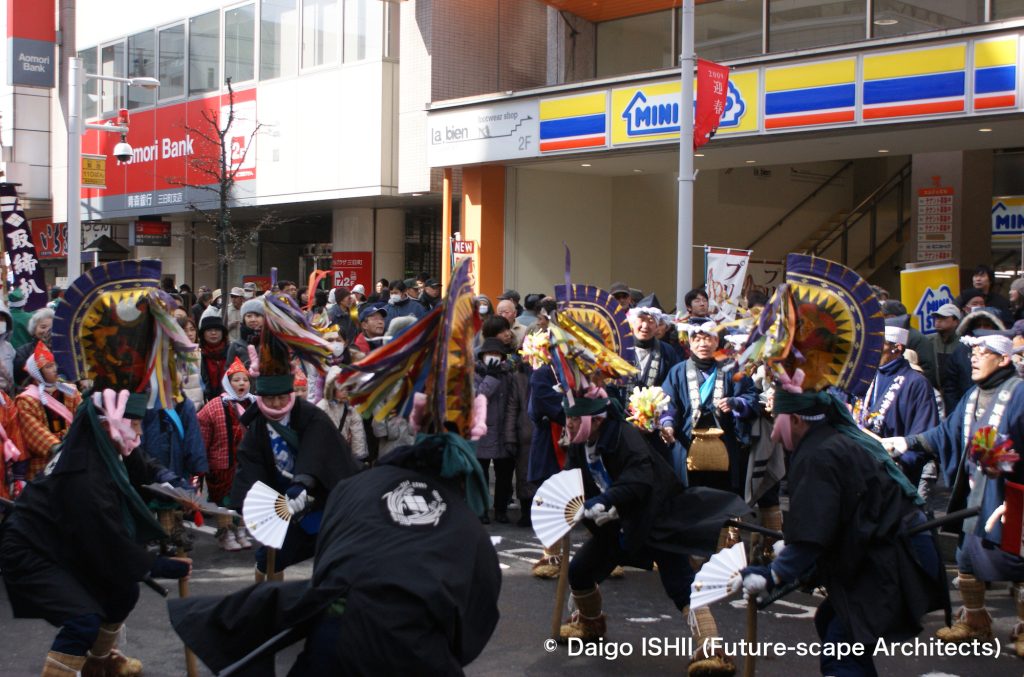
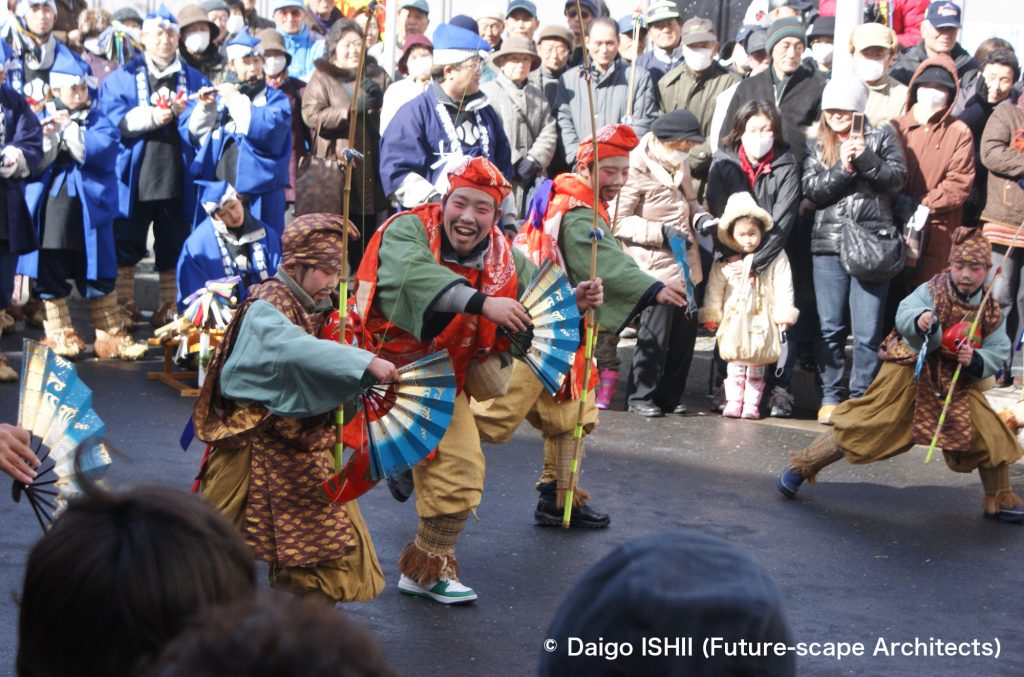
Oniwa Emburi
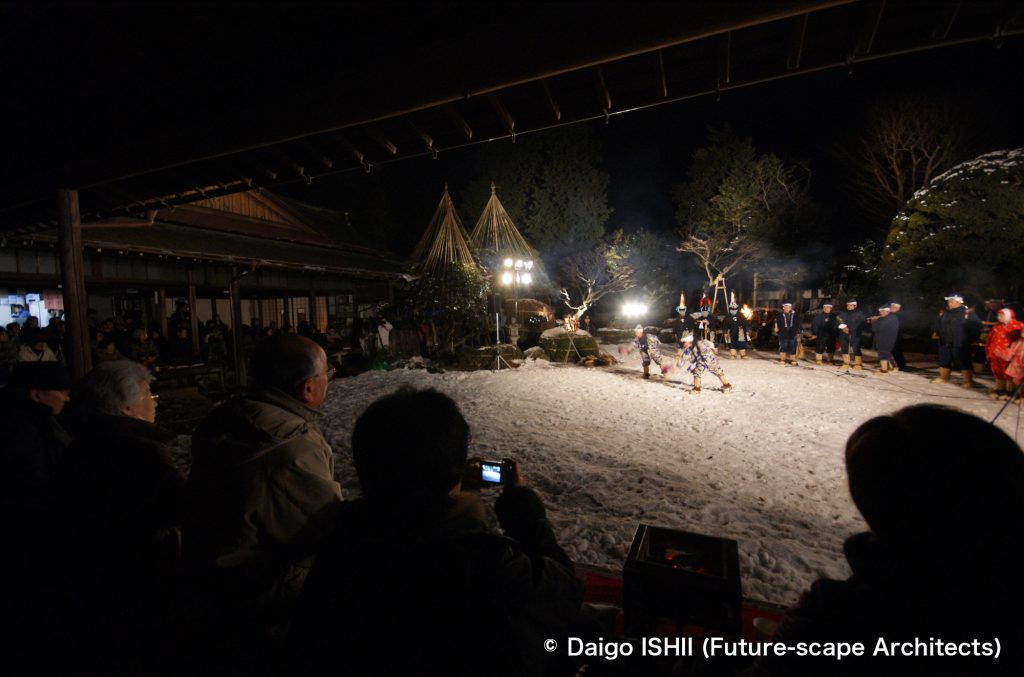
Kadoduke
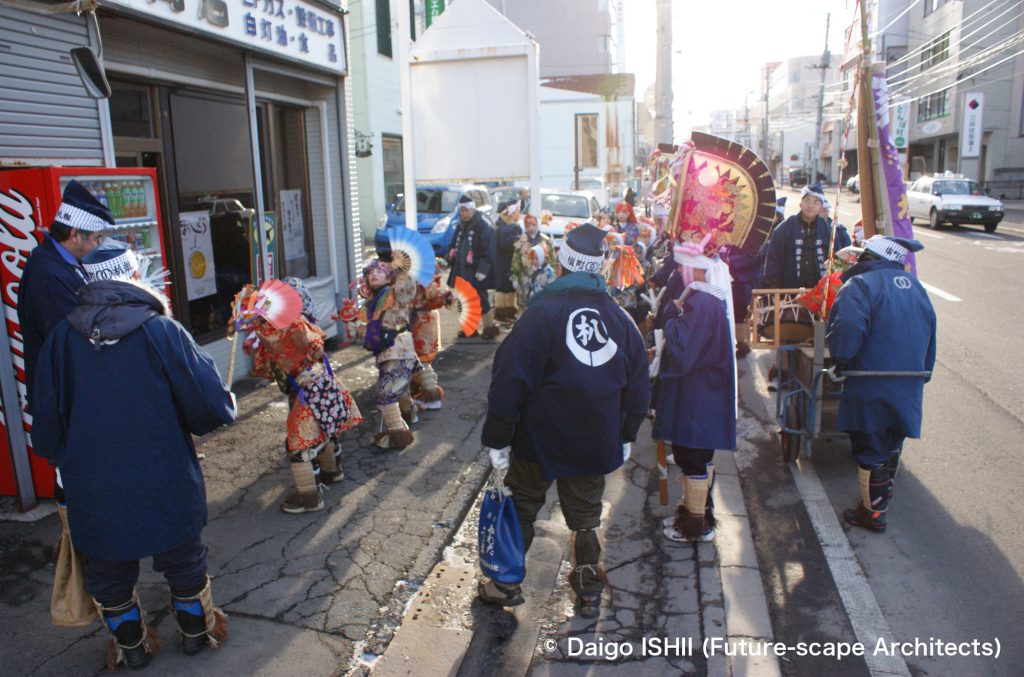
Click here for your impressions
参考文献 / reference
"青森県の歴史散歩" (青森県高等学校地方史研究会編, 山川出版社, 2007)
"図説青森県の歴史" (成田稔・長谷川成一, 河出書房新社, 1991)
"郷土資料事典 青森県" (人文社, 1998)
"季刊あおもり草子第25号" (企画集団プリズム, 1985)
"えんぶり読本" (正部家種康, 伊吉書院, 1992)
"江戸時代ひとづくり風土記2青森" (農山村漁村文化協会, 1992)
"八戸市博物館 えんぶり展" (八戸市博物館, 2012)
"八戸三社大祭の歴史"(三浦忠司, 伊吉書院, 2007)
"八戸三社大祭公式ガイドブック"(八戸観光コンコンベンション協会, 2011)
えんぶり(八戸市役所ホームページ)
えんぶり(八戸観光コンベンション協会ホームページ)
Please do not use or upload our photos without permission.




